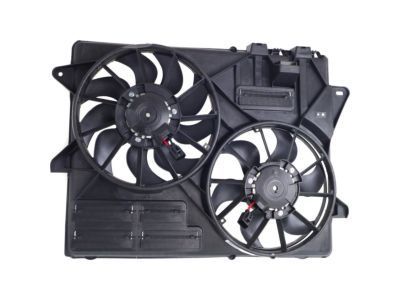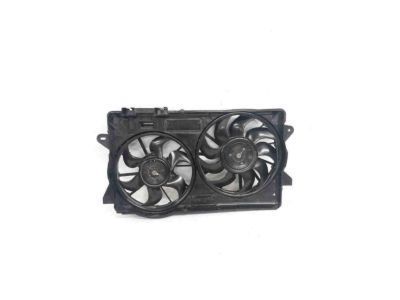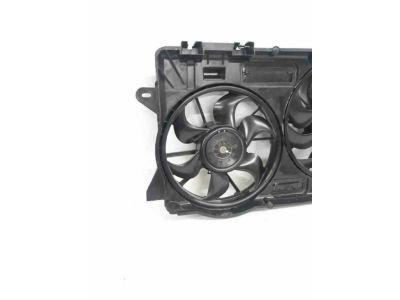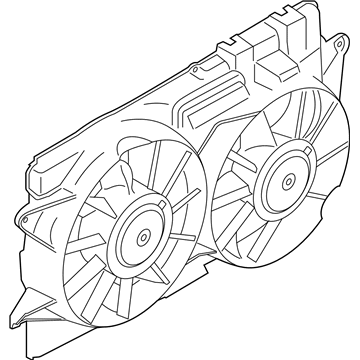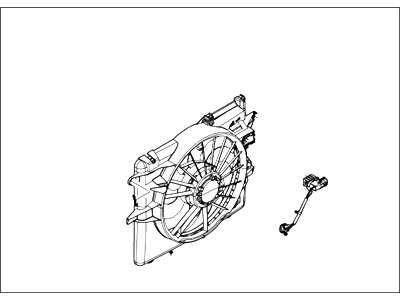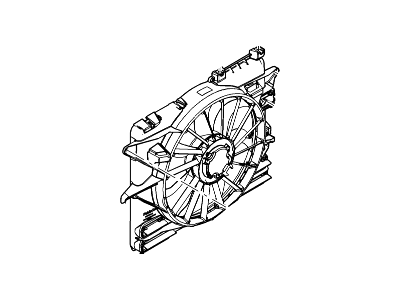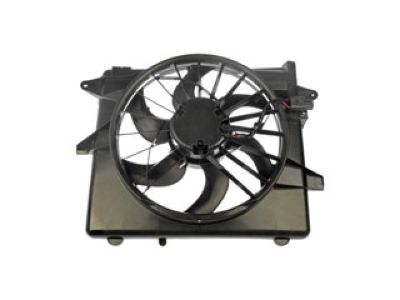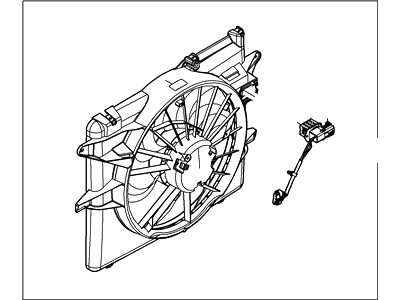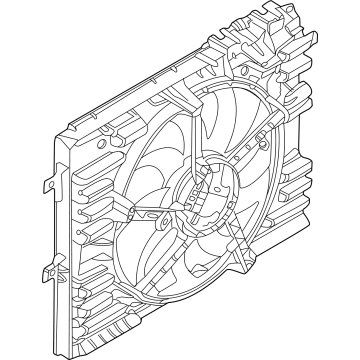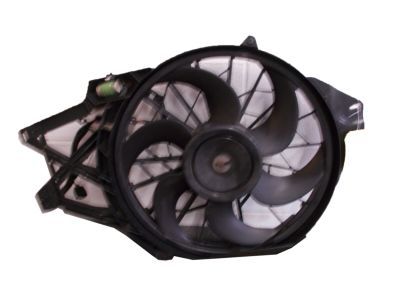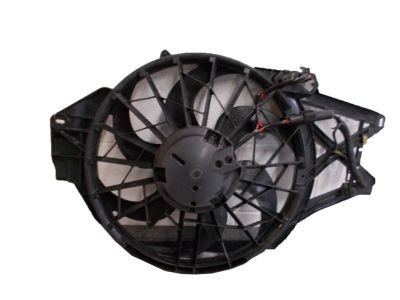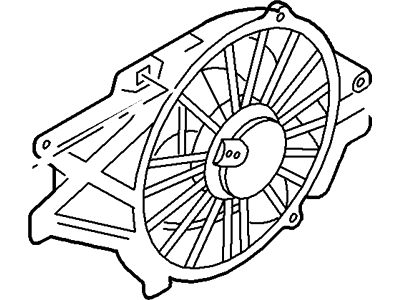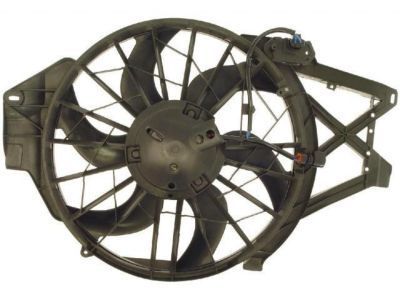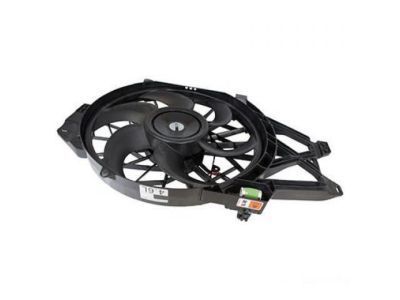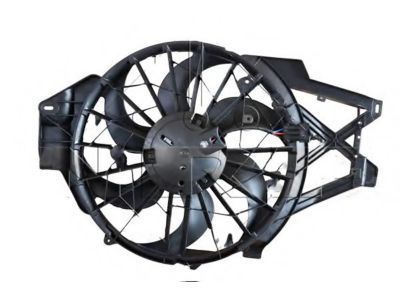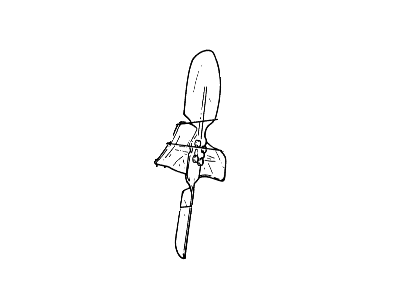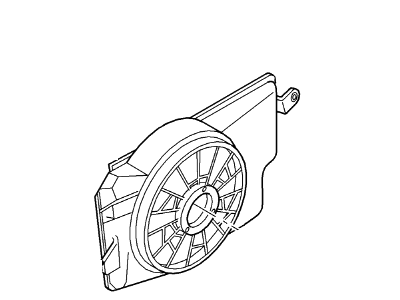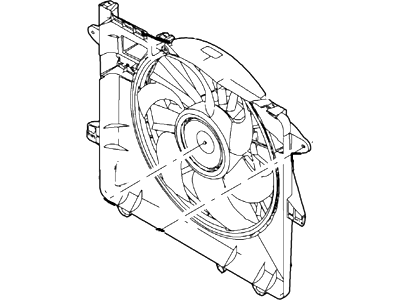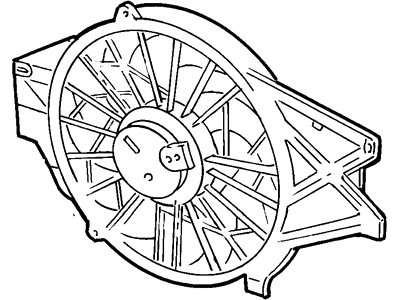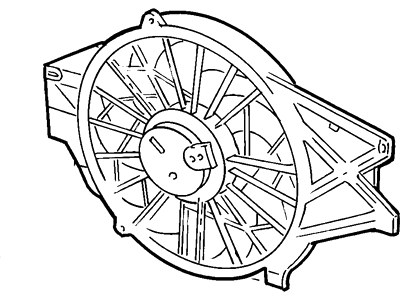

My Garage
My Account
Cart
Genuine Ford Mustang Engine Cooling Fan
Radiator Fan- Select Vehicle by Model
- Select Vehicle by VIN
Select Vehicle by Model
orMake
Model
Year
Select Vehicle by VIN
For the most accurate results, select vehicle by your VIN (Vehicle Identification Number).
21 Engine Cooling Fans found
Ford Mustang Motor And Fan Assembly - Engine Cooling
Part Number: FR3Z-8C607-A$267.05 MSRP: $445.45You Save: $178.40 (41%)Ships in 1-2 Business DaysFord Mustang Motor And Fan Assembly - Engine Cooling
Part Number: FR3Z-8C607-B$225.63 MSRP: $376.36You Save: $150.73 (41%)Ships in 1-2 Business DaysFord Mustang Motor And Fan Assy - Engine Cooling
Part Number: BR3Z-8C607-A$168.30 MSRP: $278.18You Save: $109.88 (40%)Ships in 1-2 Business DaysFord Mustang Motor And Fan Assembly - Engine Cooling
Part Number: DR3Z-8C607-A$509.03 MSRP: $849.09You Save: $340.06 (41%)Ships in 1-2 Business DaysFord Mustang Motor And Fan Assy - Engine Cooling
Part Number: 7R3Z-8C607-A$168.30 MSRP: $278.18You Save: $109.88 (40%)Ships in 1-2 Business DaysFord Mustang MOTOR AND FAN ASY - ENGINE COO
Part Number: KR3Z-8C607-A$643.10 MSRP: $1044.00You Save: $400.90 (39%)Ships in 1-3 Business DaysFord Mustang MOTOR AND FAN ASY - ENGINE COO
Part Number: PR3Z-8C607-B$290.86 MSRP: $468.00You Save: $177.14 (38%)Ford Mustang MOTOR AND FAN ASY - ENGINE COO
Part Number: PR3Z-8C607-A$390.30 MSRP: $628.00You Save: $237.70 (38%)Ships in 1-2 Business Days
| Page 1 of 2 |Next >
1-20 of 21 Results
Ford Mustang Engine Cooling Fan
We provide a wide range of Ford Mustang Engine Cooling Fan at the best prices possible. If you need Ford Mustang Engine Cooling Fan, you can shop with confidence on our website. All our OEM parts come with a manufacturer's warranty and are delivered to your door step with a fast delivery service.
Ford Mustang Engine Cooling Fan Parts Questions & Experts Answers
- Q: How to test and replace the radiator cooling fan on Ford Mustang?A:The radiator cooling fan is controlled by the engine management system's Power train Control Module (PCM), acting on the information received from the cylinder head temperature (CHT) or engine coolant temperature (ECT) sensor. Warm the engine up until the gauge on the instrument panel indicates the high side of NORMAL. The fan should come on. If it does not, check the cooling fan fuse and relays. It's possible that the CHECK ENGINE light may come on indicating a stored diagnostic trouble code (DTC) if there is a problem with the cooling fan circuit. To test the fan motor, unplug the fan electrical connector and use fused jumper wires to connect the fan directly to the battery. If the fan still does not work, replace the motor by removing the fan and its mounting fasteners. If the motor works, the problem is with a temperature sensor or engine management system or in the wiring. Disconnect the cable from the negative battery terminal. Remove the air duct between the air filter housing and throttle body. On 2011 and later models, disconnect the air duct from the fan shroud. Unbolt the coolant expansion tank and the power steering fluid reservoir (if equipped) from the fan shroud and move them aside. Disconnect the fan electrical connector on the fan shroud. Remove the fan shroud mounting bolts and then carefully remove the assembly from the engine compartment. Installation is the reverse of removal. Tighten the shroud fasteners securely and, if separated, tighten the fan mounting bolts securely.
Related Ford Mustang Parts
Browse by Year
2024 Engine Cooling Fan 2023 Engine Cooling Fan 2022 Engine Cooling Fan 2021 Engine Cooling Fan 2020 Engine Cooling Fan 2019 Engine Cooling Fan 2018 Engine Cooling Fan 2017 Engine Cooling Fan 2016 Engine Cooling Fan 2015 Engine Cooling Fan 2014 Engine Cooling Fan 2013 Engine Cooling Fan 2012 Engine Cooling Fan 2011 Engine Cooling Fan 2010 Engine Cooling Fan 2009 Engine Cooling Fan 2008 Engine Cooling Fan 2007 Engine Cooling Fan 2006 Engine Cooling Fan 2004 Engine Cooling Fan 2003 Engine Cooling Fan 2002 Engine Cooling Fan 2001 Engine Cooling Fan 2000 Engine Cooling Fan 1999 Engine Cooling Fan 1997 Engine Cooling Fan 1996 Engine Cooling Fan 1995 Engine Cooling Fan 1994 Engine Cooling Fan 1993 Engine Cooling Fan 1992 Engine Cooling Fan 1991 Engine Cooling Fan 1990 Engine Cooling Fan 1989 Engine Cooling Fan 1988 Engine Cooling Fan 1987 Engine Cooling Fan 1986 Engine Cooling Fan 1985 Engine Cooling Fan
